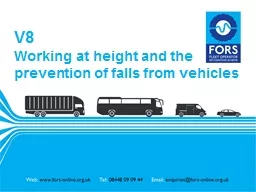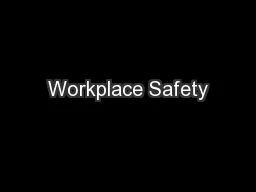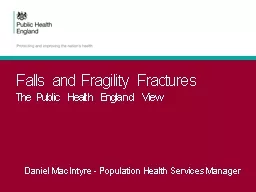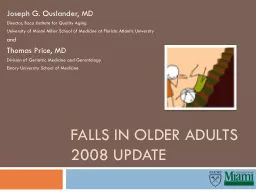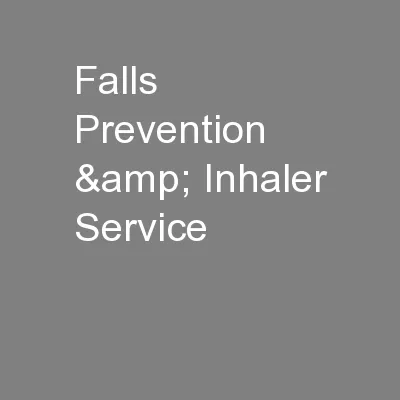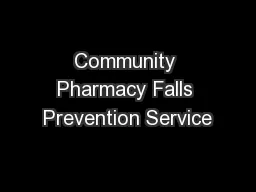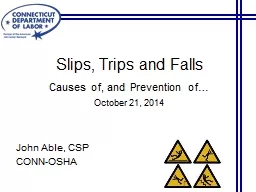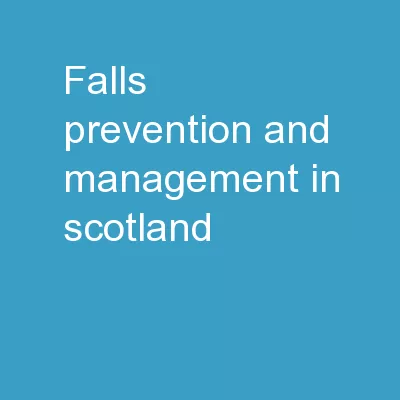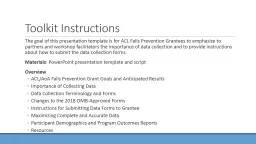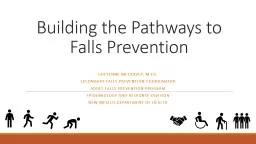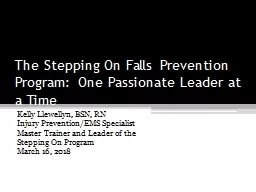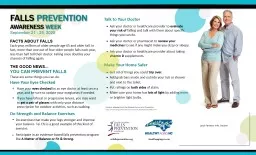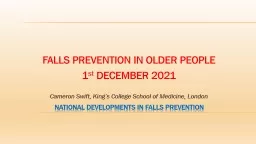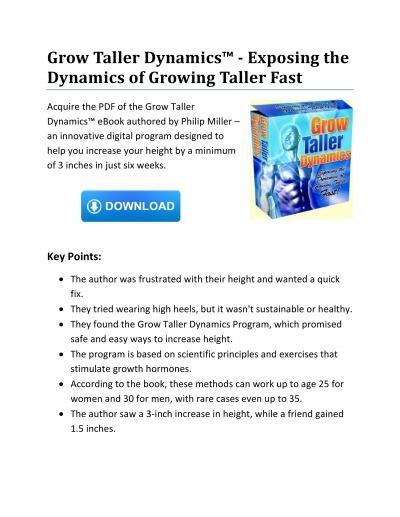PPT-V8 Working at height and the prevention of falls from vehic
Author : danika-pritchard | Published Date : 2017-04-30
Fleet Operator Recognition Scheme FORS FORS is important to our company because it helps us Demonstrate the quality of our operation Improve our road safety
Presentation Embed Code
Download Presentation
Download Presentation The PPT/PDF document "V8 Working at height and the prevention ..." is the property of its rightful owner. Permission is granted to download and print the materials on this website for personal, non-commercial use only, and to display it on your personal computer provided you do not modify the materials and that you retain all copyright notices contained in the materials. By downloading content from our website, you accept the terms of this agreement.
V8 Working at height and the prevention of falls from vehic: Transcript
Download Rules Of Document
"V8 Working at height and the prevention of falls from vehic"The content belongs to its owner. You may download and print it for personal use, without modification, and keep all copyright notices. By downloading, you agree to these terms.
Related Documents

